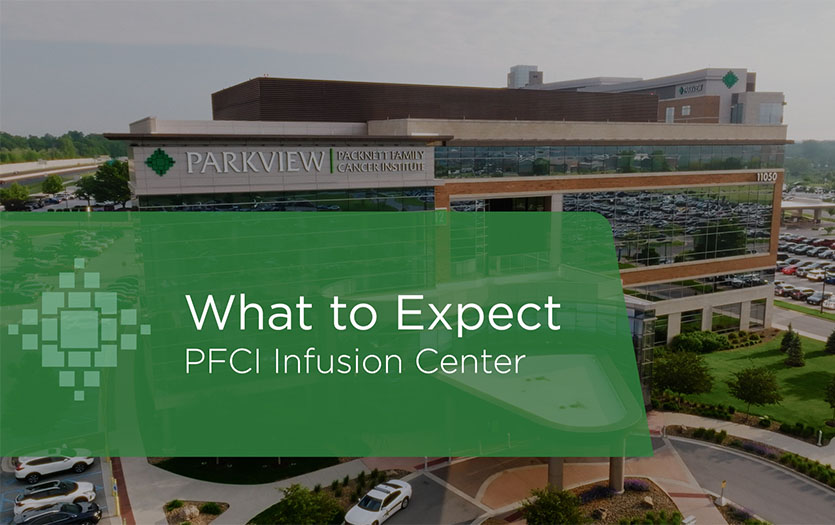Earlier this week, for the first time in 14 years, the American Heart Association/American College of Cardiology Guidelines announced that they were redefining what constitutes high blood pressure. We asked Mark O’Shaughnessy, MD, PPG – Cardiology, to help us understand the new recommendations.
What is the new definition of high blood pressure?
It is now considered any measurement at or above 130 systolic or 80 diastolic. (Systolic is the term for the top number, diastolic the bottom.) High blood pressure used to be defined as readings at or above 140 systolic or 90 diastolic.
How is this different from the previous definition?
The biggest change is they took away one of the categories. With the old guidelines, 130/80 was considered prehypertension and weren’t treated. Now, 130/80 is considered stage 1 hypertension and they’re recommending therapy through lifestyle changes.

What prompted this adjustment?
We’ve known for decades that the higher one’s blood pressure, the higher their risk of cardiovascular events, heart attack, stroke, kidney problems and eye problems. In fact, for every 2mm increase in blood pressure there’s an increase in the risk of stroke or heart attack or vascular complications. So, they looked at the data and trials and concluded that, based on the findings and risks, lower is better from a blood pressure standpoint.
How will this change the approach the treatment?
It has to be individual and fit the patient. The problem with an over-aggressive approach is, if I lower a patient’s blood pressure too much they become dizzy when can fall when they stand up. This can be particularly dangerous for our elderly patients who see a very high mortality rate after a fall. So, we have to look at and understand the benefits of all therapies.
I would encourage patients who have stage 1 hypertension to really use their primary care physician to help them understand the options for treatment. We recommend lifestyle modifications like consuming less fat and less salt, increasing exercise and really striving for an optimal weight.
What else can be done for prevention?
The most important thing is to know your numbers. It is critically important to know what your blood pressure is. You can’t be part of your treatment process if you don’t know.
Check your blood pressure with your primary care physician. It’s important to know, not just blood pressure, but also other risk factors and the condition of your overall health. It’s best to check blood pressure by sitting in a relaxed state for 15 minutes before checking. And remember, one number alone does not indicate hypertension. Hypertension is high blood pressure over time. It’s when we see it elevated over decades that the risk really rises.
Why is hypertension so dangerous?
Hypertension is one of the major risk factors for cardiovascular disease. Honestly, hypertension has been an epidemic for some time. Unfortunately, it’s a silent killer, presenting no real symptoms. That’s why it’s so important to address it and treat the risk factors.




